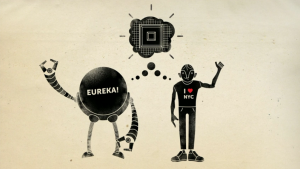What is the Future of Translation Technology?
Written on May 9, 2016 – 10:11 pm | by Emily Taylor
Nothing seems to be as divisive a topic among translators as machine translation (MT). As the quality of MT improves, will it eventually displace human translators? (Spoiler alert: no, it will not.)
We will continue to see improvements in MT, but it will never replace human translation. We will continue to improve MT engines, but at some point, improvements in quality will begin to level off. MT will never be perfect.
So should we give up improving MT and cut all funding? Absolutely not!
I believe the future of translation technology is not machine translation, or human translation, but rather – machines and humans working together.
Of course, we see this already in the use of CAT tools. But in the sense that machines are working for humans when translators use CAT tools, in the future, this relationship will develop into more of a partnership.
A few companies are offering Post-Editing Machine Translation (PEMT) training and certifications. SDL is one of them. We will see more and more of these, and I predict that for many fields, having PEMT certification will be a requirement for translators, both freelance and in-house.
The debate over the future of translation technology seems to have focused on whether or not MT will ever be as good as human translation. However, I do not see why we need to ask MT to be as good as a human translator. Machines and humans will perform better when working together.
The real future of translation technology? We should continue to improve machine translation while also focusing on creating curriculums to train translators to post-edit machine translated output.




No Responses to “What is the Future of Translation Technology?”